
All categories
Featured selections
Trade Assurance
Buyer Central
Help Center
Get the app
Become a supplier

(1569 products available)






















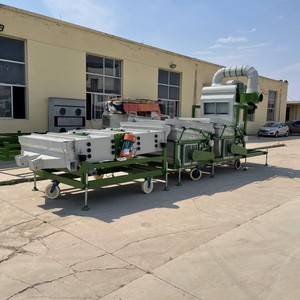

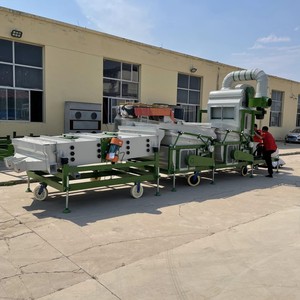

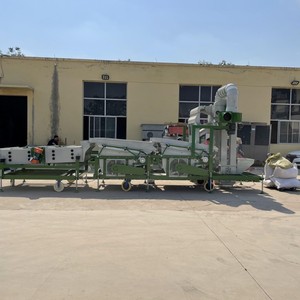
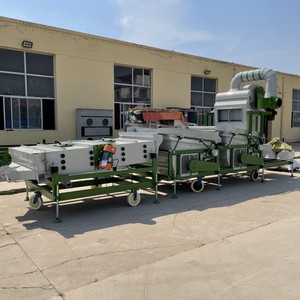
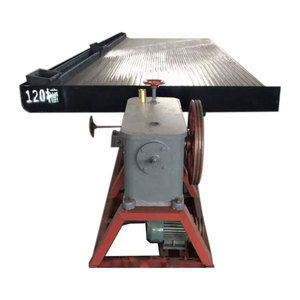




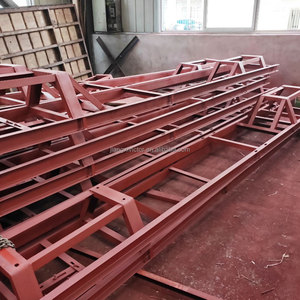
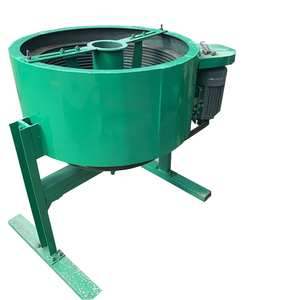
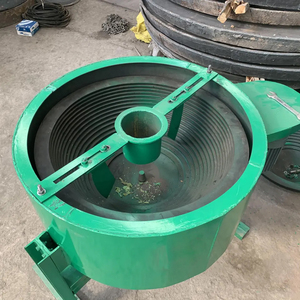



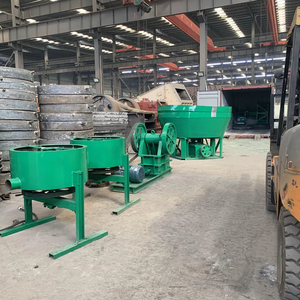
A Gravity separator is an equipment used for separating dry granular products of different densities, weights, sizes, and shapes. The fundamental working principle of the gravity separator is that the same volume of different particles has distinct weights or densities.
Falling water droplets are an excellent example of how people can relate to the separation principle in a used gravity water separator. Larger/denser droplets fall faster, while smaller/lighter ones lag and may be blown by the wind.
The used gravity separators can be classified into three categories:
Gravity separators are available in different specifications to suit a variety of applications. Some common used gravity separator specifications include the following:
Maintaining a used gravity separator is necessary to keep it in good working condition. It is also essential for the success of any food processing factory. The first maintenance requirement, which most people do not recognize, is to flush the machine once it has been used to process any product. The gravity separator should be cleaned immediately, as residual oil may solidify and become immovable after a while.
There are a few periodic separator maintenance procedures. Regularly examine the lock washer and nut in the drive belt to determine their condition and the need for adjustment. Routine belt cleaning and lubrication are necessary to avoid unsafe and difficult operating conditions. Lubricate the drive belt with a dry belt conditioner, and keep it free of contaminants. Use conditioner sparay on the underside of the belt only. The area of the hose on the upper side is usually smooth and is the only area that should be sprayed.
Dust and contaminant build-up on electrical contacts should also be cleaned from time to time. A compressed air nozzle can be used to clean these areas. Always ensure the power is off before cleaning electrical connections.
The used gravity separators are beneficial in different industries. Here are some of the typical applications of this separator.
Food processing companies use the gravity separator to remove impurities in crops like coffee and cocoa. Rotten coffee beans with lower density float to the top of the separator and are removed as valuable coffee beans sink. Therefore, farmers and food processors get quality products that meet the expectations of end users. The air flow in the separator also helps to remove unhealthy fungus and molds that can cause health issues.
The gravity separator is widely used in the mining industry to separate valuable minerals from worthless gangue. It can separate ore mineral due to differences in density, weight, and size. Some valuable minerals separated by this device include gold, copper, and diamonds. Using a gravity separator in the mining industry is cost-effective and eco-friendly. There is no need for chemical treatment or mineral exploitation.
Petrochemical industries use gravity separators to separate crude oil from water. Crude oil is denser than water and therefore, will settle at the bottom of the separator. Water is then drawn out from the separator. Gravity oil water separators protect the environment by preventing oil from entering water bodies.
Recycling companies use the gravity separator to separate plastics of different densities and types. Heavy glass fragments sink to the bottom while light plastics float. The difference in density and weight separates the materials. Next, workers collect the separated materials and recycle them accordingly. The gravity separator increases the efficiency and accuracy of recycling facilities.
Choosing the right gravity separator is crucial for business operations. Consider the following before buying a gravity separator:
Separator type:
Feed composition:
Efficient separation:
Energy use:
Ease of maintenance:
Available support:
Q1: What are the signs that a used gravity starch separator is failing?
A1: While used separators may show signs of wear, rather significant, these include a change in separation quality, loud noises during operation, leaks, and a sluggish response.
Q2: What are the benefits of a used gravity starch separator?
A2: Separators are mainly used for the benefit of recycling, economic value, and reduced cost of separation.
Q3: What is the cost of a used gravity separator?
A3: Small gravity separators may cost between $3,000 to $5,000. However, large industrial models can cost $50,000 or more.
Q4: What materials can used gravity separators be processed?
A4: The gravity separator is suitable for a wide range of materials such as mineral ores, seeds, and grains. However, the separator's design determines whether specific materials can be processed.